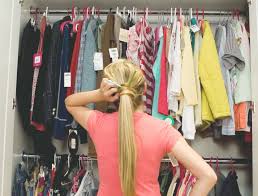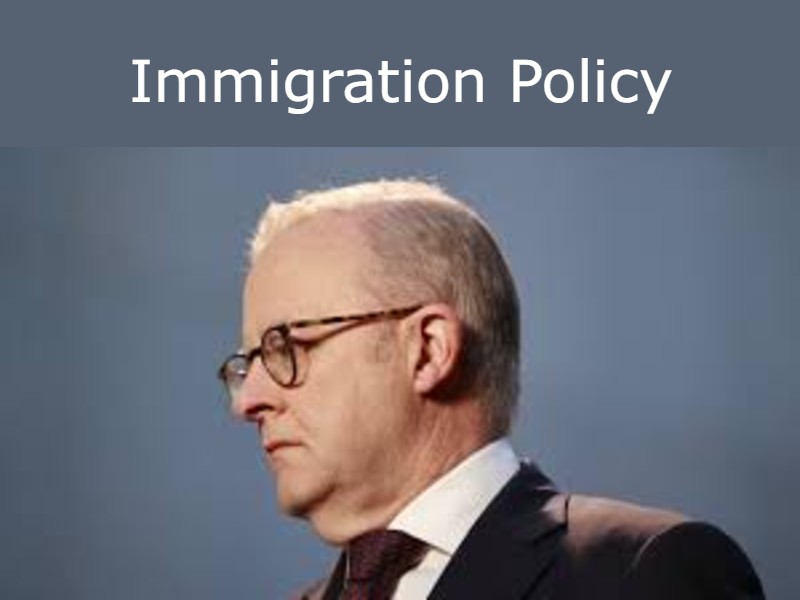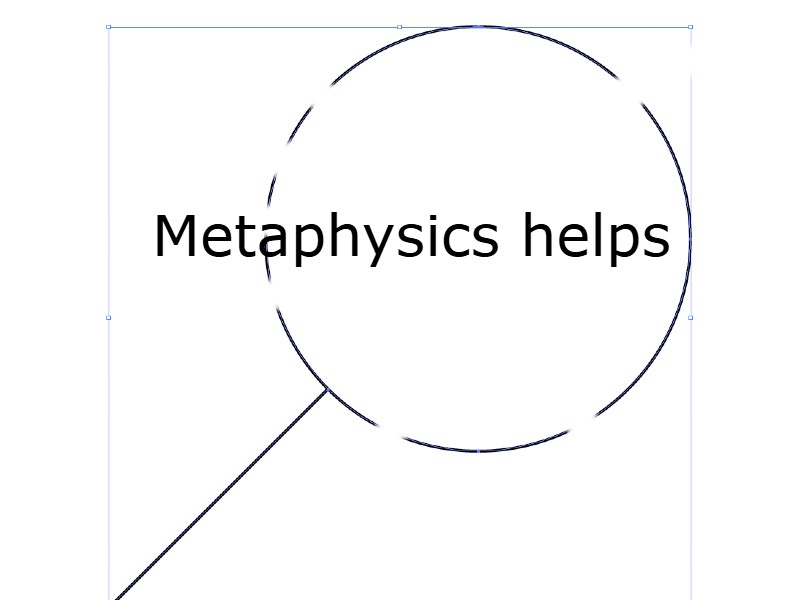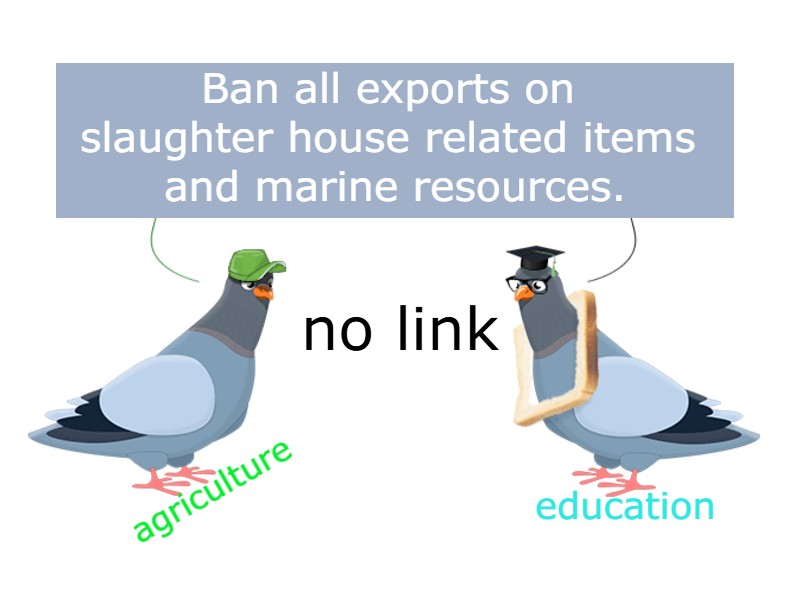Two days ago, Labour government announced their immigration policy in the budget- lowering numbers to 260,000 next year and then 225,000 the year after. This has sparked a national debate.

I am an immigrate myself. I have been in Australia for more than 20 years and now an Australian citizen. I think we should take a practical, numbers and data-based approach rather than just vague ideas.
Deciding on immigration is like a woman looking at her wardrobe- she has to ask: Do I really need a new dress?

Key Questions for Australian Immigration Policy. (Check the Wardrobe, current situation?):
Workforce Numbers:
- How many people are working in Australia right now?
- How many are under 40 years of age?
- To help cover living cost, how many stay-at-home parents or older children need to take part-time jobs?
- How many working populations will we have in 50 years (including today’s kids and future babies?)
Jobs and Living Costs:
- What jobs are people doing now?
- Can these jobs pay for a good life (buying a home, raising a family)?
Skill Shortages:
- Which industries don’t have enough workers?
- Can we train young Australians instead?
- How many industries agree? How many don’t?
- For the gaps left, how many skilled migrants do we really need?
State Differences:
- Do some states need more workers than others?
- If yes, can we get people to move between states (e.g. NSW, VIC people go to SA, WA, NT or QLD)?
- Are there programs or initiatives from Commonwealth or States to make this happen?
Future Tech (AI & Robots): Challenge and Threat
- Have we planned for AI and robots taking jobs? It’s the challenge Australian are going to face.
- Are there rules to protect Australian work force?
- Should we support local technology, products or services with tariff?
- Will the skill shortage gap be filled with AI or robots?
Raw Materials vs. Making Things:

- Do you know selling raw resources (mining, meats, sea food) creates fewer jobs than manufacturing?
- How many big Aussie companies have cut local jobs and hired overseas workers instead? How many will do it soon?
- Before bringing in migrants, have we retrained those laid-off workers?
Housing & infrastructure. (The wardrobe itself, is it full of clothes):
- Do we have enough jobs and homes for new migrants?
- On top of the natural population growth, can our hospitals, roads, schools handle more people?
Future Proofing Australia’s Economy: Key industries and Skills. (Will I buy new clothes? Make the Choice ):
1.Key industries:
- Which industries will drive Australia’s future?
- Are we short of skills, technology or money?
- In the next 50 to 100 years, how many jobs will Aussie companies provide?
2. Local Training:
I think Aussie training is enough for top industries. Do you agree?
3. Funding from Migrants:
- Before relying on migrant money, did we ask Aussie banks and super funds first?
- Did they say no, forcing us to look for funding from oversea migrants?
Extra Question for Other Critical Findings:
1.Migrant Job Matches:
- In the past 10-20 years, how many migrants actually work in the jobs they came here for in their migration application. (e.g. an accounting migrants doing accounting, an IT engineer in IT)?
- Is it 100%? If not, should we update the “skills shortage list” based on real needs?
- Will industries be asked what they actually need?
2.Young Aussie’s Views:
When deciding the number of migrants, have we asked young Australians what they think about the skills shortage list?
Unless the migration policy addresses these key issues, I doubt it will support Australia’s economic growth.
“Is the migration policy right or wrong” article was written on 27th March 2025 and is published on veganvv.com. the same day.




